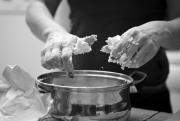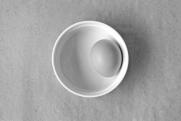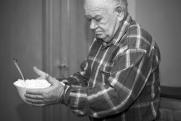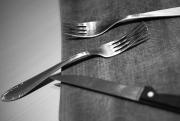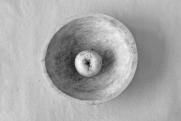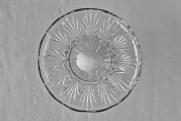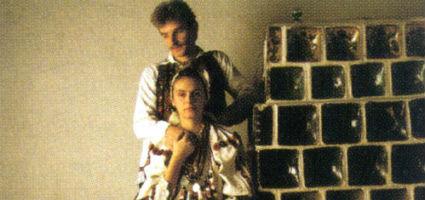 |
Address: 7621, Pécs Rákóczi utca 15.
Phone number: (72) 315-629
E-mail: jpm@jpm.hu
Opening hours: Tue-Sat 10-16
|
|
Ticket for adults
|
350 HUF
|
|
|
Ticket for students
|
180 HUF
|
|
|
Group ticket for students
(over 15 people)
|
130 HUF
|
/ capita
|
|
Ticket for pensioners
|
180 HUF
|
|
|
Guide
|
3000 HUF
|
|
|
Guide
|
5000 HUF
|
The exhibition 'Kitchen in the Mirror' (as the title suggests so) tries to break from the traditional conception about museums by focusing on an important everyday lie scene and showing daily life, practice and spontaneity.
"Our exhibits sympathetically show what happens in the kitchens: we make choices, finance, take care of our family, and in the meantime we remember and talk. The purpose of this exhibition is to show everyday order or disorder of life, self -evident practices and spontaneity, of unnoticed actors, the unforgettable memories, or the extent to which we adjust " - wrote Dr. Klára Kuti, the senior researcher, assistant professor at Cultural Anthropology Department of the University of Pécs in her essay.
This exhibition is a mirror in front of our visitors, in which we may rediscover our daily habits, however, in a different light. Kitchens in block of flats in are of the same size. Still, they differ as and have a symbolic significance since those who use them make them unique and form them into their own likings.
The show is just like a revelation: the furnished kitchens recall the old kitchens in our memory. . But how does it all end up in a museum exhibition space?
"The museum both belongs to the past and present: there is no gap between the two, just like in reality. We do not say that everything was so nice long ago and we do not say that everything is so difficult today. Things come together, just like traditions come together in the kitchen: recipe books once owned by our grandmothers, mothers' teachings, kids tasks invisibly connect the past with the present. The kitchen we show at the museum is both a symbol and reality. It is a symbol of decision, of contemplation, of dialogue, of caring. However it is the narrated story of reality through real objects..
